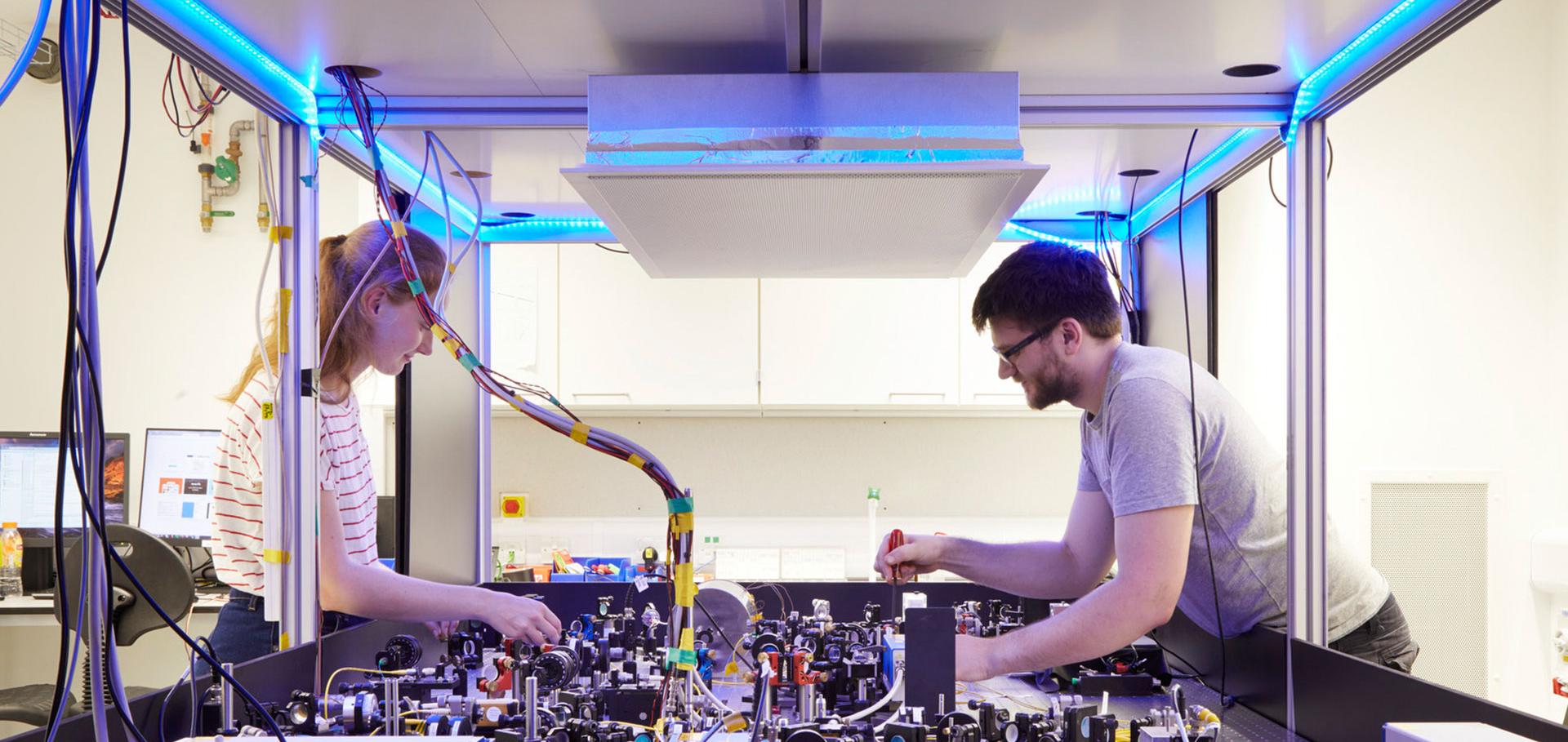Entangled States from Sparsely Coupled Spins for Metrology with Neutral Atoms
Physical Review Letters American Physical Society (APS) 134:24 (2025) 240801
Abstract:
Quantum states featuring extensive multipartite entanglement are a resource for quantum-enhanced metrology, with sensitivity up to the Heisenberg limit. However, robust generation of these states using unitary dynamics typically requires all-to-all interactions among particles. Here, we demonstrate that optimal states for quantum sensing can be generated with sparse interaction graphs featuring only a logarithmic number of couplings per particle. We show that specific sparse graphs with long-range interactions can approximate the dynamics of all-to-all spin models, such as the one-axis twisting model, even for large system sizes. The resulting sparse coupling graphs and protocol can also be efficiently implemented using dynamic reconfiguration of atoms in optical tweezers. Published by the American Physical Society 2025Engineered chirality of one-dimensional nanowires
Science Advances American Association for the Advancement of Science 11:24 (2025) eadx4761
Abstract:
The origin and function of chirality in DNA, proteins, and other building blocks of life represent a central question in biology. Observations of spin polarization and magnetization associated with electron transport through chiral molecules, known collectively as the chiral induced spin selectivity effect, suggest that chirality improves electron transfer. Using reconfigurable nanoscale control over conductivity at the LaAlO3/SrTiO3 interface, we create chiral electron potentials that explicitly lack mirror symmetry. Quantum transport measurements on these chiral nanowires reveal enhanced electron pairing persisting to high magnetic fields (up to 18 tesla) and oscillatory transmission resonances as functions of both magnetic field and chemical potential. We interpret these resonances as arising from an engineered axial spin-orbit interaction within the chiral region. The ability to create one-dimensional electron waveguides with this specificity creates opportunities to test, via analog quantum simulation, theories about chirality and spin-polarized electron transport in one-dimensional geometries.Adiabatic state preparation and thermalization of simulated phase noise in a Rydberg spin Hamiltonian
(2025)
A quantum wire approach to weighted combinatorial graph optimisation problems
(2025)


